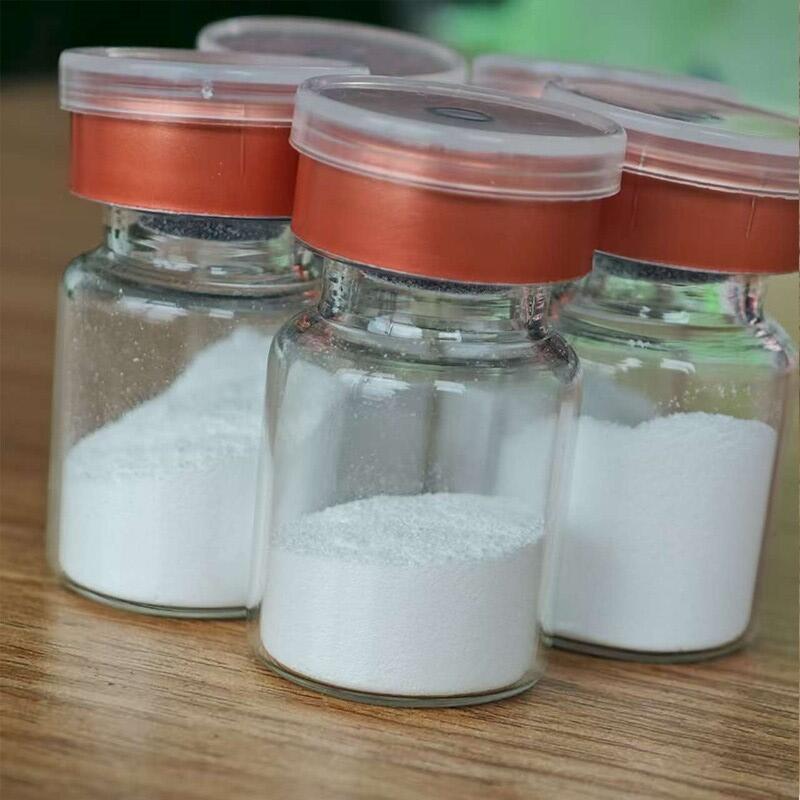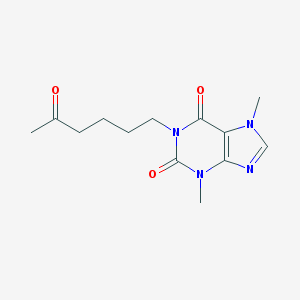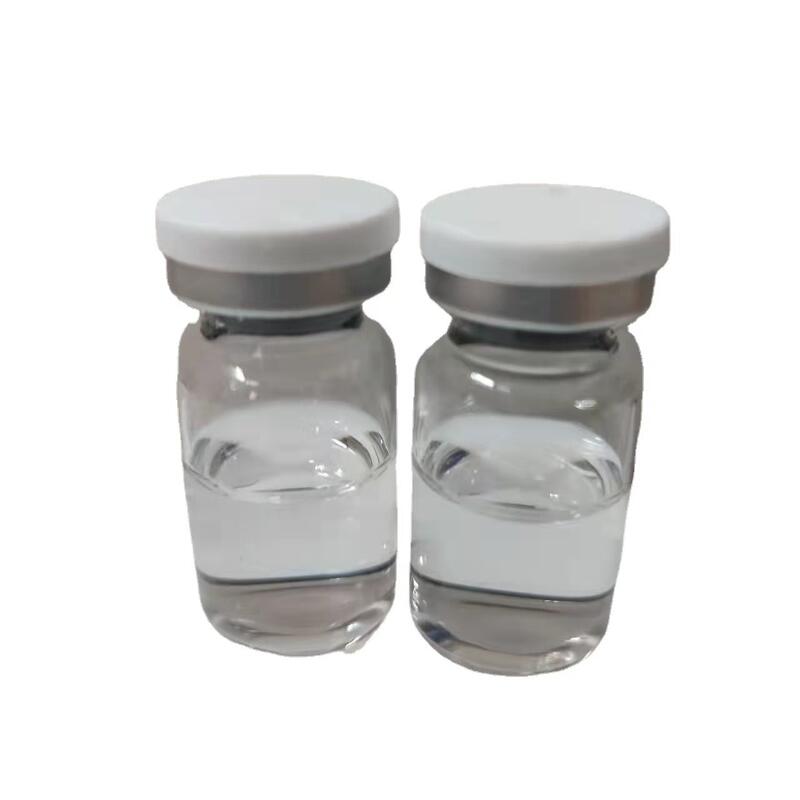-
Categories
-
Pharmaceutical Intermediates
-
Active Pharmaceutical Ingredients
-
Food Additives
- Industrial Coatings
- Agrochemicals
- Dyes and Pigments
- Surfactant
- Flavors and Fragrances
- Chemical Reagents
- Catalyst and Auxiliary
- Natural Products
- Inorganic Chemistry
-
Organic Chemistry
-
Biochemical Engineering
- Analytical Chemistry
-
Cosmetic Ingredient
- Water Treatment Chemical
-
Pharmaceutical Intermediates
Promotion
ECHEMI Mall
Wholesale
Weekly Price
Exhibition
News
-
Trade Service
Introduction:
6-Bromo-2-chloro-8-cyclopentyl-5-methylpyrido[2,3-d]pyrimidin-7(8H)-one is a chemical compound that has been widely used in various industrial processes.
However, its safety has been a matter of concern for many years.
As an industrial chemical, it is important to ensure the safety of workers who handle it and the environment in which it is used.
This article aims to examine the safety of 6-Bromo-2-chloro-8-cyclopentyl-5-methylpyrido[2,3-d]pyrimidin-7(8H)-one in the chemical industry.
Chemical Properties:
6-Bromo-2-chloro-8-cyclopentyl-5-methylpyrido[2,3-d]pyrimidin-7(8H)-one is a yellowish brown solid with a melting point of 170-172°C.
It is highly soluble in water and organic solvents.
The compound is a potent inhibitor of nicotinamide adenine dinucleotide (NADH) oxidase, an enzyme that generates reactive oxygen species (ROS).
It has been used as an intermediate in the production of various chemicals, including pharmaceuticals and agrochemicals.
Toxicity and Hazards:
Studies have shown that 6-Bromo-2-chloro-8-cyclopentyl-5-methylpyrido[2,3-d]pyrimidin-7(8H)-one is highly toxic to both animals and humans.
It has been shown to cause respiratory failure, skin irritation, and burns.
The compound is a strong oxidizing agent and can cause fire or explosion when it comes into contact with organic solvents, reducing agents, or other oxidizing agents.
Exposure limits:
The exposure limit for 6-Bromo-2-chloro-8-cyclopentyl-5-methylpyrido[2,3-d]pyrimidin-7(8H)-one is set at 0.
01 mg/m3 by various regulatory agencies around the world.
However, it is important to note that even at this level, the compound can cause adverse health effects.
Personal Protective Equipment (PPE):
Workers who handle 6-Bromo-2-chloro-8-cyclopentyl-5-methylpyrido[2,3-d]pyrimidin-7(8H)-one should wear appropriate personal protective equipment (PPE) to minimize exposure.
This includes wearing gloves, safety glasses or goggles, and a respirator.
It is also important to ensure that the PPE is appropriate for the hazards associated with the compound.
Storage and Handling:
6-Bromo-2-chloro-8-cyclopentyl-5-methylpyrido[2,3-d]pyrimidin-7(8H)-one should be stored in a cool, dry, and well-ventilated area.
It should be stored away from oxidizing agents, reducing agents, and other hazardous chemicals.
It is important to handle the compound with care to avoid spills or leaks, which can cause fire or explosion.
Spill Procedures:
In case of a spill, it is important to immediately evacuate the area and call for emergency response personnel.
The compound should be allowed to evaporate slowly in a well-ventilated area.
The remaining residue should be disposed of properly in accordance with local regulations.
Training







